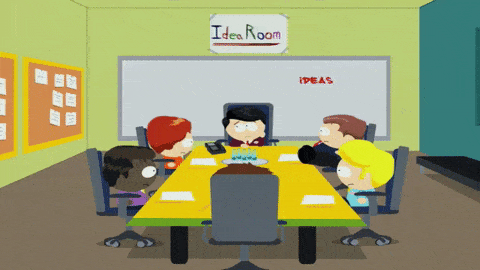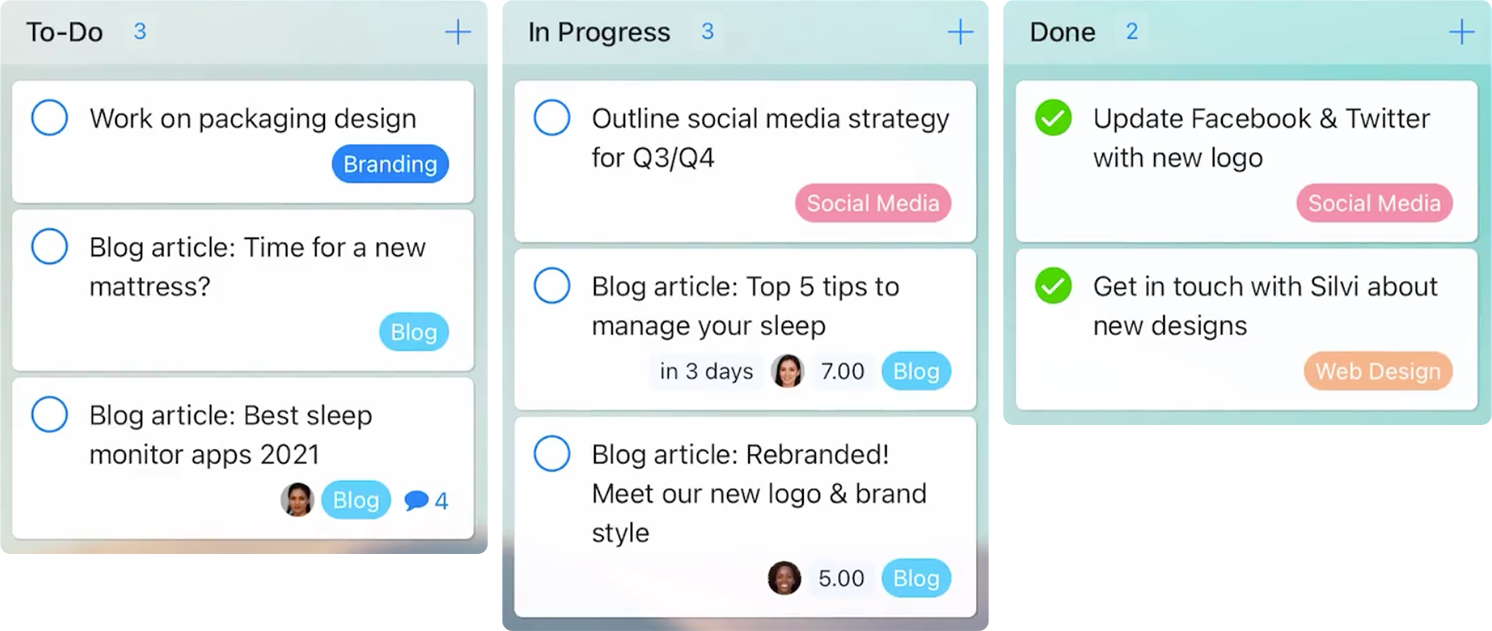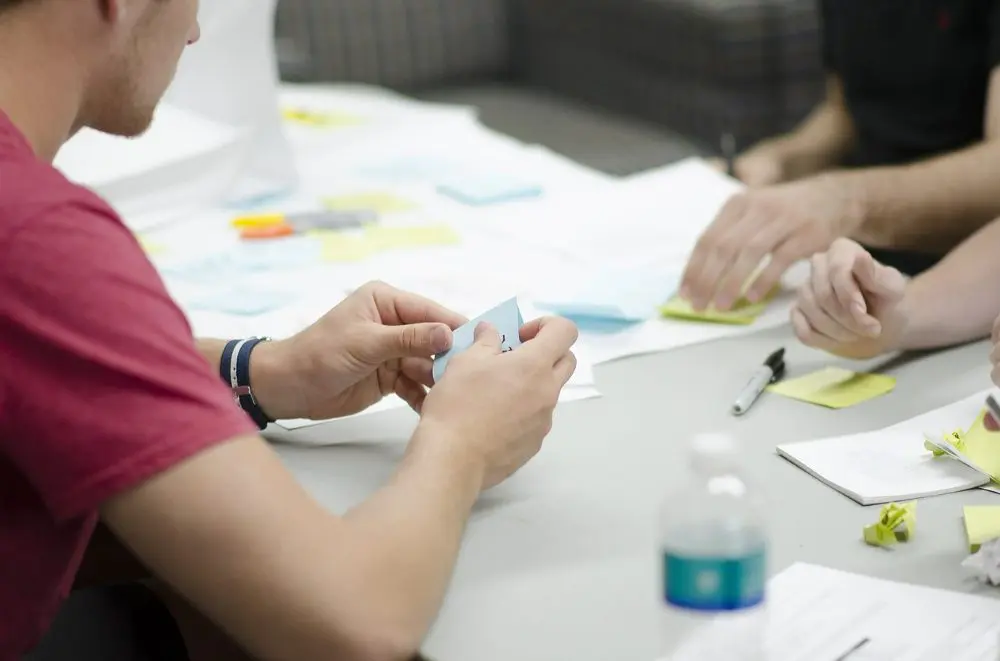How to Find the Right Brainstorm Methods for Your Team
Go beyond traditional brainstorming

If you’ve ever found yourself stuck on a decision, lacking creativity, or simply not being able to find a solution to a certain problem, chances are you’ve undertaken some kind of brainstorming method. Such a prevalent technique used in our daily work (and personal) life, brainstorming is a handy way to help you figure things out. But how can we be sure that it’s working?

Many businesses, and individuals, apply brainstorming exercises for various reasons. The most common are to generate ideas, problem-solve, improve creative thinking, and encourage team bonding. It is seen as a great way to unleash your mind’s creativity, which allows ideas to flow with one another. But before we go on with its uses and benefits, let’s identify what brainstorming actually is.
What Is Brainstorming?
Let’s start with the meaning of brainstorming:
“Brainstorming is a conference-style technique that assists with solving problems, amassing information, stimulating creative thinking, and developing new ideas (to name a few). Discussion is fuelled by unrestrained and spontaneous participation.”
According to Alex F. Osborn, the man who first popularized the concept in his 1953 book, Applied Imagination, brainstorming needs to follow four rules:
Go for quantity: This rule is a means of enhancing divergent production, aiming to facilitate problem-solving through the maxim quantity breeds quality. The assumption is that the greater the number of ideas generated the bigger the chance of producing a radical and effective solution.
Withhold criticism: In brainstorming, criticism of ideas generated should be put ‘on hold’. Instead, participants should focus on extending or adding to ideas, reserving criticism for a later ‘critical stage’ of the process. By suspending judgment, participants will feel free to generate unusual ideas.
Welcome wild ideas: To get a good long list of suggestions, wild ideas are encouraged. They can be generated by looking from new perspectives and suspending assumptions. These new ways of thinking might give you better solutions.
Combine and improve ideas: As suggested by the slogan “1+1=3”. It is believed to stimulate the building of ideas by a process of association.
The purpose of these rules is to ensure that the brainstorming happens in an environment that is non-intimidating, and where participants are free to share and generate as many ideas as possible. Being surrounded by a group of people means that you can bounce ideas off each other, and enhance the group’s overall creativity.
While Osborn’s rules set out to ensure that brainstorming occurs without a hitch, things, of course, don’t always go according to plan. There are slight disadvantages that come with what is deemed a traditional brainstorming session. I’ll elaborate…
A traditional brainstorming session, or the brainstorming method most of us are familiar with, looks a little like this: a group of people gathered together in a space where they can freely share ideas on a particular topic. There is usually one person facilitating the session, who is responsible for writing down the ideas shared by members of the group. Popular writing formats include mind-mapping and listing. In the brainstorming session, people are encouraged to divulge ideas when something pops into their heads. There is no sequential order for how ideas are disclosed.

While this type of brainstorming method may still be favoured amongst some teams, it really isn’t the most effective approach. Its biggest detriment is that it runs a high risk of anchoring, which is when few people do most of the talking during a brainstorming session, meaning that the quieter individuals don’t get their ideas heard.
The process of this brainstorming method supposes that every person participating has an equal amount of opportunity and zeal to share their ideas, as the discussion is unrestrained and spontaneous. However, in reality, we all know that that’s not the case. There are always people who are more confident and willing to share their ideas ahead of others. And when they disclose their ideas first, it not only blocks the creativity of others to expose their thoughts, but it can also crush originality. Think about it, if there’s always that one person leading a discussion, it stops you from formulating your own ideas.

Simplify your project communication and brainstorming with our user-friendly project management software.
Sign up for free today!
Speaking of own ideas, brainstorming isn’t just a group activity…
Individual Brainstorming
There are many individuals who need to generate ideas and find solutions solely on their own (brainstorming for writing for example). The most obvious benefit of individual brainstorming is that there isn’t the risk of someone crushing your originality or blocking your ideas. Your mind is free to wander and to develop ideas without anything in its way. There are no egos involved (except yours), and your thoughts are always accounted for. But working on your own does mean that you don’t have others to bounce ideas off from, which can also be a little restrictive.
But if you’re a team leader, or business owner, who likes the idea of your staff getting together to share and generate ideas for the business, don’t think you’re at a loss. Group brainstorming sessions still have their advantages. You just have to find ways to eliminate the risk of issues such as anchoring. For example, you can form a team of employees from different departments. Individuals who aren’t used to working together may not have as many inhibitions as a group who know each other very well. Plus, think of all the great ideas that can be created from a group of people with different expertise!
There are also other types of approaches you can try that go beyond the traditional brainstorming method.
6 Other Types of Brainstorming
Brainstorm methods have evolved and now come in several variations. No longer limited to the conference-style, group discussions with ideas being blurted out spontaneously, there are other types of brainstorming examples that can be applied if you find that the traditional method doesn’t quite fit your requirements. These include:
1. Rolestorming
A technique to try if wanting to improve group brainstorming sessions, rolestorming is when you take on board another person’s identity in the team when sharing ideas. The idea follows that if you’re playing the role of someone else, you won’t be as shy to share your suggestions. Also, as this technique requires you to step into the shoes of another person, you can see things from a different perspective and are likely to come up with more out-of-the-box, creative ideas.
2. Stepladder Technique
If yours is a team that is usually influenced by the same one or two people, then the stepladder technique is one worth looking into. It combines both an individual and group aspect and is ideal for medium-sized brainstorming groups. Here’s how it works: You start with the facilitator explaining the topic or question to the whole team. Once everything is clear, everyone but two members leaves the room and discusses their ideas. Then, one member comes back into the room and shares their thoughts and ideas on the topic BEFORE the first two spiel. Repeat this until everyone outside is back in the room.
3. Brainwriting
An alternative to the usual “yelling out ideas”, brainwriting is a process that asks participants to write down their ideas individually instead of saying them out loud. Once a few minutes of writing about the chosen topic or question has passed, participants pass their sheets of paper onto someone else in the team, who then reads and adds new ideas. This repeats for about 15 minutes or so, and then the facilitator collects the papers and uses them for immediate discussion. By writing ideas down instead of saying them out loud, this technique increases the chance of more ideas being generated as you will have full participation from even the shyest team members.

4. Round Robin
Start your brainstorming team in a circle, and let the facilitator discuss the topic or question at hand (they’re responsible for recording insights). Once everyone has had a chance to think about said topic or question, one person is selected to lead the process by divulging their ideas. Once this person has finished contributing, the person to their right has their go, and builds on the first person’s ideas. Repeat this clockwise until everyone has had their go. Some things to note about the Round Robin technique — each idea has to be treated with equal value and try to encourage a different idea for each contribution.
5. Starbusting
Instead of providing instant answers, starbursting is a brainstorming technique that advocates asking questions as a way to share ideas. You start with a six-pointed star (hence the name), which represents your topic/idea/theme/whatever that is to be discussed, and at each point, there is a question that represents who, what, where, why, when, and how? The purpose is to come up with as many questions for each point as possible, and once the questions are established, your team answers them.
6. Rapid Ideation
When writing content for Zenkit, I find that I work better when I know the deadline is impending, and the same can be said for generating new ideas. When following the rapid ideation technique, you are basically given a time limit to write as many ideas as you can on any medium. The brainstorming sessions can be as long or as short as you want (the facilitator sets this, of course). Working with time limits restricts your mind from overthinking, which can be an easy habit to pick up when trying to think of new ideas. Rapid ideation encourages your mind to wander unfiltered, and record as many ideas as you can no matter how far-fetched they may be.
The advantages of brainstorming not only help with business and team development but with personal development as well. Skills such as critical and creative thinking, problem-solving, and decision-making, improve through the effects of participating in a brainstorming session. While the traditional method may not work for certain individuals, or appear a little outdated for some teams, there are other types of brainstorming exercises that can produce effective results. Why not have a go at one of the techniques listed?
Are there other types of brainstorming techniques that we haven’t mentioned that have given you and your team successful results? Do share your tips in the comment section below! After all, the more ideas shared, the more can be generated 😉
Cheers,
Dinnie and the Zenkit Team
FREE 20 MIN. CONSULTATION WITH A PROJECT MANAGEMENT EXPERT
Wanna see how to simplify your workflow with Zenkit in less than a day?
Book a Live Demo